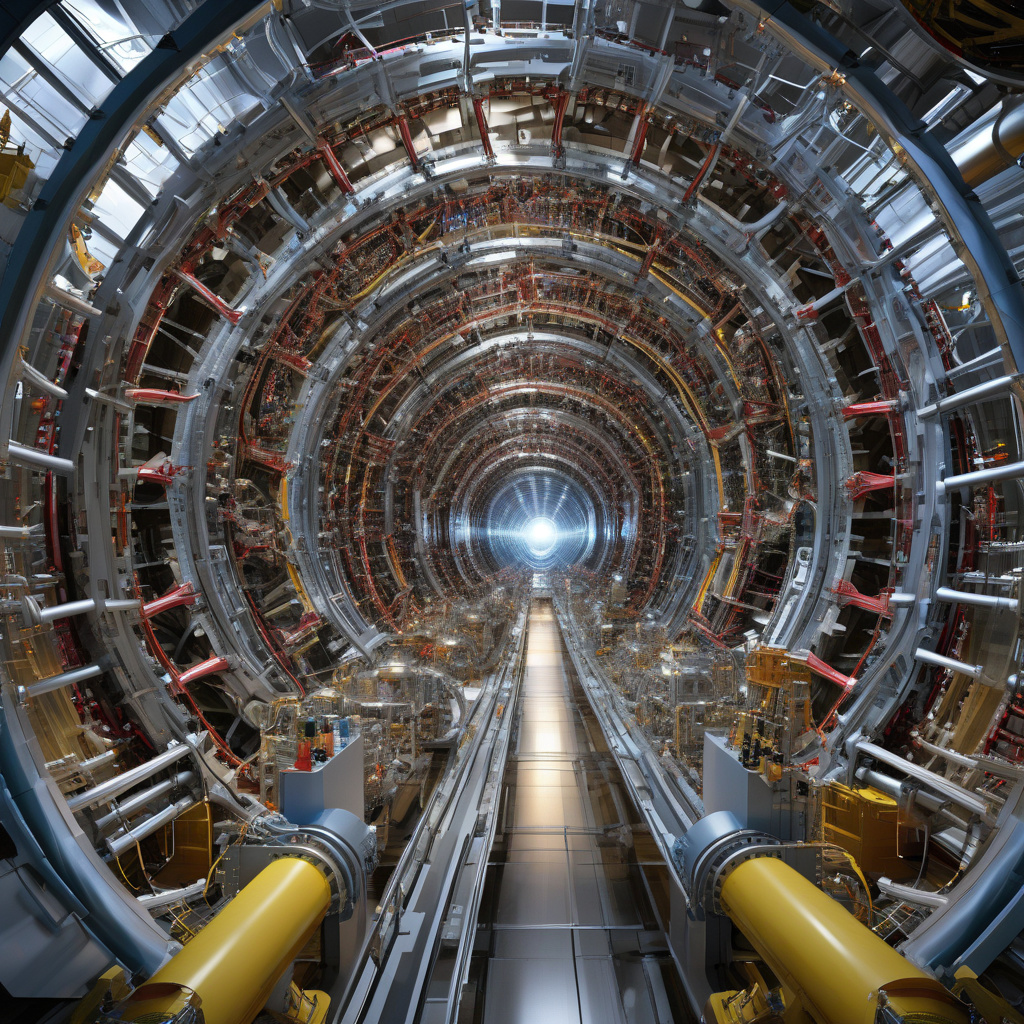Relativistic Heavy Ion Collider Enters Its Final Chapter: 25 Years of Groundbreaking Discoveries
After a quarter of a century of pushing the boundaries of scientific exploration, the Relativistic Heavy Ion Collider (RHIC) is now entering its final year. This milestone marks the culmination of a remarkable journey filled with groundbreaking discoveries that have revolutionized our understanding of nuclear physics. Throughout its operational lifespan, RHIC has played a pivotal role in unraveling the mysteries of quark-gluon plasma, a state of matter that existed in the early universe microseconds after the Big Bang.
Located at the prestigious Brookhaven National Laboratory in New York, RHIC has been at the forefront of nuclear physics research since its commissioning in 2000. The collider’s unique capabilities have enabled scientists to recreate extreme conditions similar to those present in the moments following the birth of the universe. By colliding heavy ions such as gold and copper at nearly the speed of light, researchers have been able to generate temperatures exceeding several trillion degrees Celsius, surpassing those at the core of the sun.
One of the most significant contributions of RHIC to the field of physics has been the discovery of quark-gluon plasma, a state of matter in which quarks and gluons, the fundamental building blocks of protons and neutrons, exist freely. Prior to RHIC’s experiments, quarks and gluons were only observed bound together within particles. The creation and study of quark-gluon plasma at RHIC have offered invaluable insights into the early universe and the fundamental forces that govern the behavior of matter.
Over the past two and a half decades, RHIC has been instrumental in advancing our knowledge of the strong nuclear force, one of the four fundamental forces of nature. By colliding heavy ions at ultra-relativistic speeds, scientists have been able to probe the intricate dynamics of nuclear matter under extreme conditions, shedding light on the behavior of matter at the smallest scales.
As RHIC embarks on its final year of operations, the scientific community eagerly anticipates the culmination of years of research and the potential for new and unexpected discoveries. The legacy of RHIC will endure far beyond its operational lifetime, shaping the future of nuclear physics and inspiring the next generation of scientists to continue unraveling the mysteries of the universe.
In conclusion, the Relativistic Heavy Ion Collider’s 25-year journey has been marked by unparalleled scientific achievements and transformative discoveries in the field of nuclear physics. As RHIC prepares to conclude its final chapter, its legacy as a pioneer in the study of quark-gluon plasma and nuclear matter is firmly established, leaving an indelible mark on the landscape of modern physics.
#RHIC, #NuclearPhysics, #QuarkGluonPlasma, #ScientificDiscoveries, #BrookhavenNationalLaboratory












